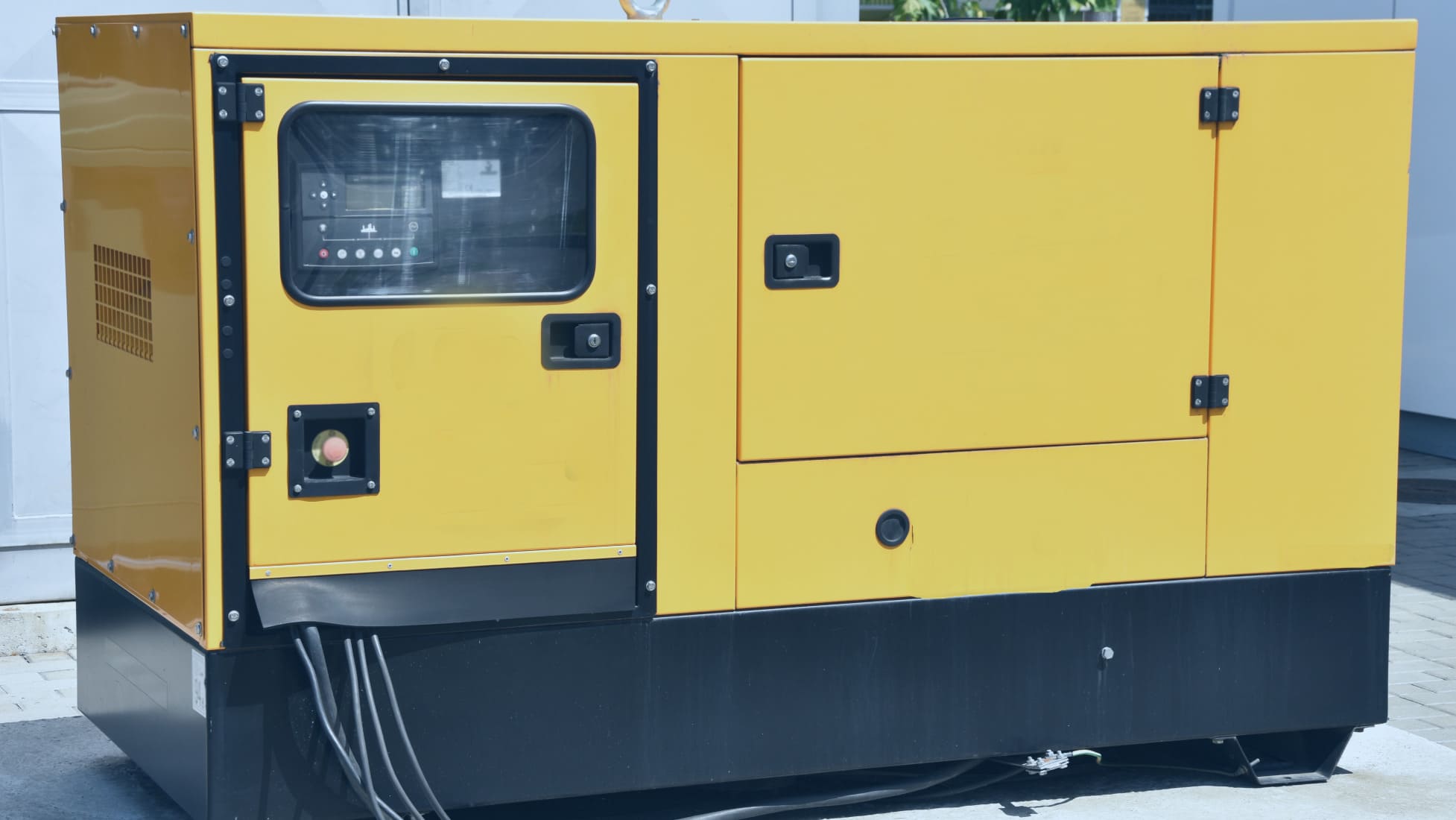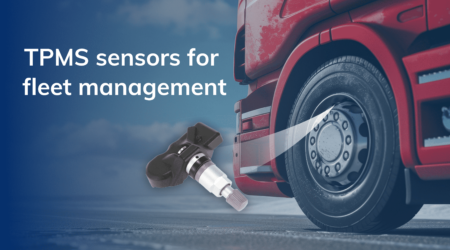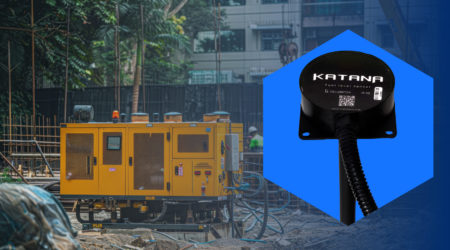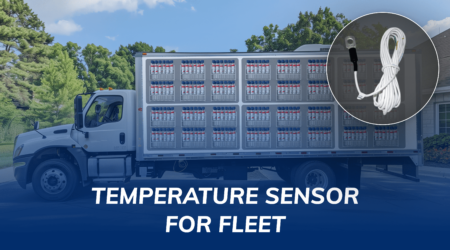Generators play a crucial role in providing power where electrical grid power is unavailable or unreliable. Whether for construction sites, outdoor events, or backup power for homes and businesses, the efficiency and reliability of a generator are paramount. Selecting the right fuel level sensor for your generator is key to efficient operation and maintenance. Fuel level sensors are crucial. They help monitor fuel, prevent theft, and avoid sudden shutdowns. The best sensor offers accurate data, withstands harsh conditions, integrates with your system, and is easy to use. In this post, we will guide you through identifying the best fuel level sensors. We’ll cover what signs and features to look for and how to ensure they meet your needs.
Understanding Generator Fuel Level Sensors
Fuel level sensors are the eyes inside your generator’s fuel tank, constantly gauging how much fuel you have left. They ensure your generator runs efficiently and alerts you before you run out. But not all sensors are created equal. Let’s explore the basics of fuel level sensing and the types most commonly used in generators.
Basic Principles of Fuel Level Sensing
Fuel level sensors measure the amount of fuel in a tank using various methods, translating this physical quantity into an understandable and actionable form of data. The sensor’s main job is to provide accurate readings that reflect real-time fuel levels, which are crucial for maintaining generator operation without interruption.
Types of Sensors Used in Generators
- Float-Type Sensors: These sensors use a buoyant float that moves up and down with the fuel level. A rod connected to the float changes its position, which is then converted into an electrical signal indicating the fuel level. They are simple, reliable, but may not be the most accurate for turbulent conditions.
- Ultrasonic Sensors: Ultrasonic sensors measure the distance to the fuel surface using sound waves. They emit ultrasonic pulses, and the time it takes for the echo to return is used to calculate the fuel level. These sensors are accurate and non-invasive but can be affected by the tank’s shape and internal structures.
- Capacitive Sensors: Capacitive sensors determine the fuel level by measuring changes in capacitance caused by the difference in dielectric constant between air and fuel. They are highly accurate and reliable, unaffected by temperature, and work well with various types of fuel.
Each type of sensor has its advantages and is suited to different applications. Float-type sensors are cost-effective and straightforward, making them suitable for smaller generators or less critical applications. Ultrasonic sensors offer greater accuracy and are ideal for larger, more complex setups. Capacitive sensors provide the highest level of accuracy and reliability, perfect for critical and high-precision applications.
Importance of Fuel Sensor in Generator Operation
Why are these sensors so important? They ensure your generator runs without hitches, alerting you before fuel runs low. This prevents outages and helps manage fuel economically. By tracking fuel levels, you can also spot unusual drops that might indicate leaks or theft.
Now that we’ve covered the basics and importance of fuel level sensors, the next section will focus on the key signs of a quality fuel level sensor. This will help you identify which sensors are reliable and accurate, ensuring you choose the best one for your generator.
Key Signs of a Quality Fuel Level Sensor
Accuracy and Reliability
First and foremost, a top-notch sensor provides exact fuel levels. This precision is crucial for managing your generator’s fuel efficiently. Look for sensors known for consistent performance, even under varying environmental conditions.
Durability and Construction Materials
The best sensors are built to last. They’re made from materials that can handle the harsh environment inside a fuel tank, like stainless steel or durable polymers. These materials resist corrosion, vibration, and temperature extremes, ensuring the sensor’s longevity.
Compatibility and Integration
A quality sensor fits smoothly into your existing setup. It should work well with your generator’s model and be compatible with any fuel management system you use. Easy integration saves time and avoids headaches during installation.
Ease of Installation and Maintenance
Finally, the best sensors are user-friendly. They come with clear instructions and don’t require frequent maintenance. This simplicity means less downtime and more reliable fuel monitoring.
Next, we’ll explore the top features to look for in a fuel level sensor. This section will guide you through the advanced capabilities that set the best sensors apart, offering enhanced monitoring and management of your generator’s fuel supply.
Top Features to Look For
Real-time Monitoring Capabilities
Advanced sensors offer live data on fuel levels. This feature allows you to react swiftly to any changes, ensuring your generator always has enough fuel. It’s especially useful for managing multiple generators or for remote setups.
Wireless Connectivity and Remote Access
Modern sensors often include wireless features. This means you can check fuel levels from anywhere, using a smartphone or computer. It adds a layer of convenience and control, making it easier to manage your generator’s fuel, even when you’re not on-site.
Alert Systems for Low or High Fuel Levels
The best sensors come with alert systems. They notify you when fuel levels are too low or unexpectedly high. These alerts can prevent run-outs or spills, saving time and avoiding potential damage.
Compatibility with Various Fuel Types
Versatile sensors work with different types of fuel, from diesel to biofuels. This flexibility is crucial if you use or switch between various fuel sources. It ensures the sensor remains accurate and reliable, no matter the fuel type.
With an understanding of the key features that make a fuel level sensor stand out, we’ll next delve into maintenance tips. Proper maintenance ensures your sensor remains accurate and extends its lifespan, keeping your generator’s fuel management system running smoothly.
Maintenance Tips for Longevity
Regular Cleaning and Inspection
Keeping your sensor clean and inspecting it for damage can significantly improve its lifespan and accuracy. Dirt, debris, or damage can skew readings, leading to inefficient fuel use or unexpected outages.
Updating Software for Smart Sensors
For sensors equipped with software, keeping it updated is crucial. Updates often include improvements, bug fixes, and new features. They ensure your sensor stays compatible with any system updates and continues to provide reliable data.
Avoiding Common Pitfalls
Be aware of common issues such as sensor misalignment or incorrect calibration, which can affect readings. Following the manufacturer’s guidelines for installation and maintenance helps avoid these problems, ensuring your sensor works correctly for years.
Conclusion
Choosing the best generator fuel level sensor is about more than just buying a piece of hardware. It involves understanding how sensors work, recognizing quality signs, looking for essential features, and maintaining the sensor properly. By following the insights and tips provided, you can ensure your generator runs efficiently, avoiding fuel-related problems and unexpected maintenance costs.
This guide aims to help you make an informed decision, ensuring you select a sensor that meets your needs and enhances your generator’s performance. Remember, a good fuel level sensor is an investment in your generator’s health and operational efficiency.




